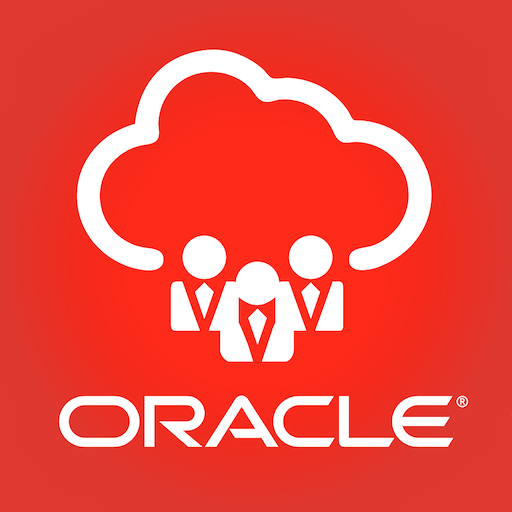Description
Introduction: Relativity is a powerful e-discovery platform that assists legal professionals in managing vast amounts of electronic data during litigation. For beginners, navigating its interface can seem daunting due to its comprehensive feature set and workflow options. This course is designed to help new users become comfortable with the Relativity interface, understand its key components, and perform essential tasks such as document review, searching, and organizing data. By the end of this training, participants will be able to efficiently navigate the Relativity environment and leverage its basic features for managing e-discovery projects.
Learning Outcomes:
- Gain a basic understanding of Relativity’s interface and navigation structure.
- Learn how to manage workspaces, folders, and documents.
- Perform essential tasks such as searching, filtering, and reviewing documents.
- Customize views and layouts to enhance workflow efficiency.
Prerequisites:
- No prior experience with Relativity is required.
- Basic computer skills, such as navigating web-based applications and using search functions.
- General familiarity with legal processes and terminology is helpful but not mandatory.
Table of Contents
Session 1: Getting Started with Relativity
- Introduction to Relativity
- Overview of the platform’s purpose and use cases.
- The importance of Relativity in e-discovery.
- Logging in and Basic Navigation
- Accessing Relativity via a web browser.
- Navigating the Relativity homepage and dashboard.
- Understanding the Relativity Interface
- Key elements: menus, tabs, and tools.
- Overview of workspaces and layouts.
Session 2: Managing Workspaces and Views
- Workspaces in Relativity
- What is a workspace?
- Navigating between different workspaces.
- Best practices for organizing workspaces.
- Customizing Views
- How to adjust column views and layout.
- Saving and applying custom views.
- Folder Navigation
- Creating and managing folder structures.
- Efficient document organization within folders.
Session 3: Searching and Filtering Documents
- Basic Search in Relativity
- Keyword search and navigating results.
- Filtering results by metadata or file types.
- Search Panel Overview
- Using the search bar effectively.
- Navigating through common search fields.
- Advanced Filters
- How to apply filters to narrow down search results.
- Saving search queries for repeated use.
Session 4: Document Review and Tagging
- Introduction to Document Review
- The document review process in e-discovery.
- Opening and reviewing documents within Relativity.
- Document Tags and Coding
- How to apply tags and categories.
- Managing coding layouts and fields.
- Batch Review
- Assigning and reviewing document batches.
- Strategies for effective collaboration with review teams.
Session 5: Customizing Workflows and Layouts
- Customizing Layouts
- Understanding the importance of layouts in workflows.
- Editing and applying customized layouts for document review.
- Creating and Managing Views
- How to create custom views for different teams or tasks.
- Applying and saving views for recurring work.
- Saving Searches and Reports
- Best practices for saving searches.
- Generating simple reports from saved searches.
Session 6: Tips and Best Practices for Beginners
- Streamlining Your Workflow
- Tips to improve navigation speed and efficiency.
- Using shortcuts and keyboard commands.
- Common Pitfalls and How to Avoid Them
- Frequent mistakes beginners make and how to avoid them.
- Best practices for maintaining workspace organization.
- Wrap-Up and Next Steps
- Review of key points covered in the course.
- Suggestions for further learning and certification paths in Relativity.
This beginner-level course is designed to help participants gain confidence in navigating the Relativity interface. Each session is focused on teaching practical skills that can be immediately applied in real-world e-discovery scenarios.







Reviews
There are no reviews yet.